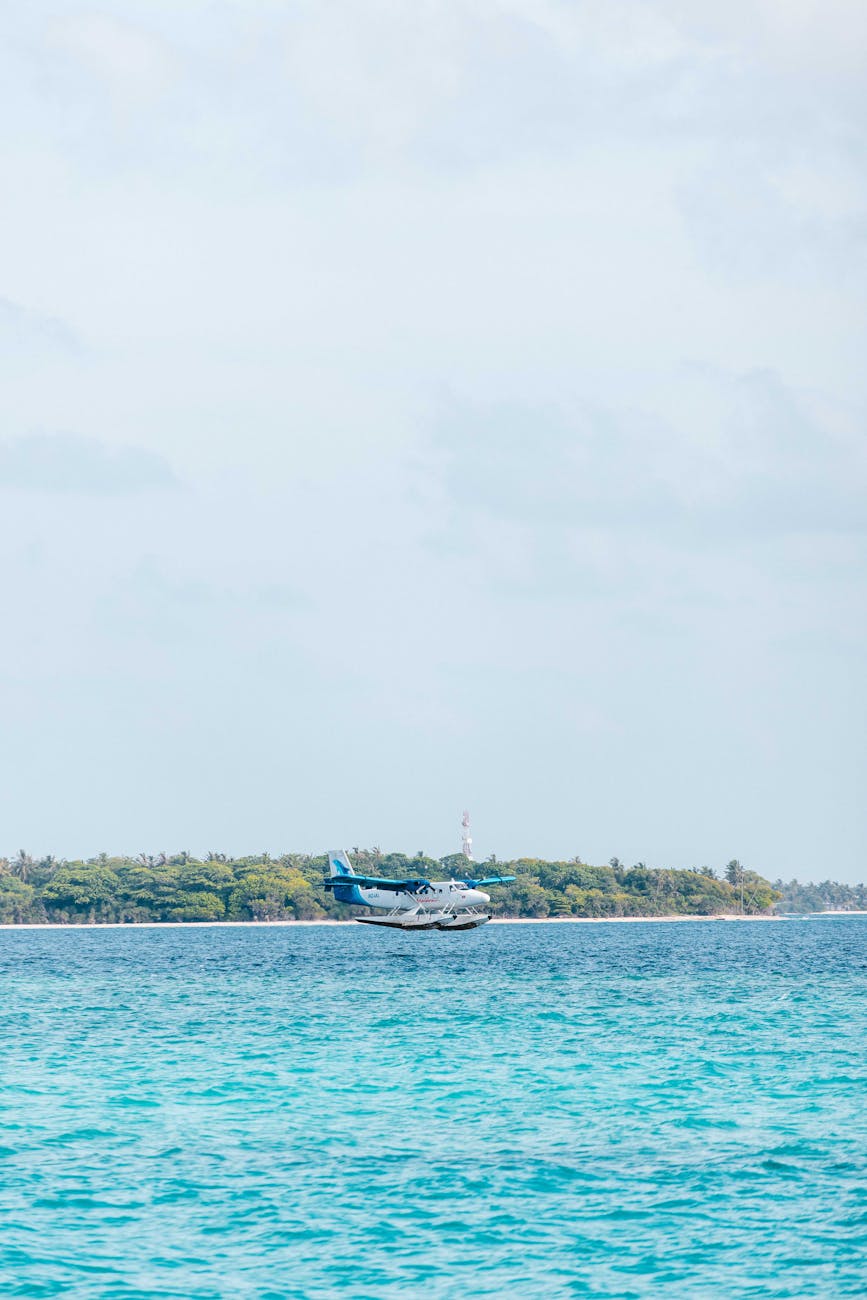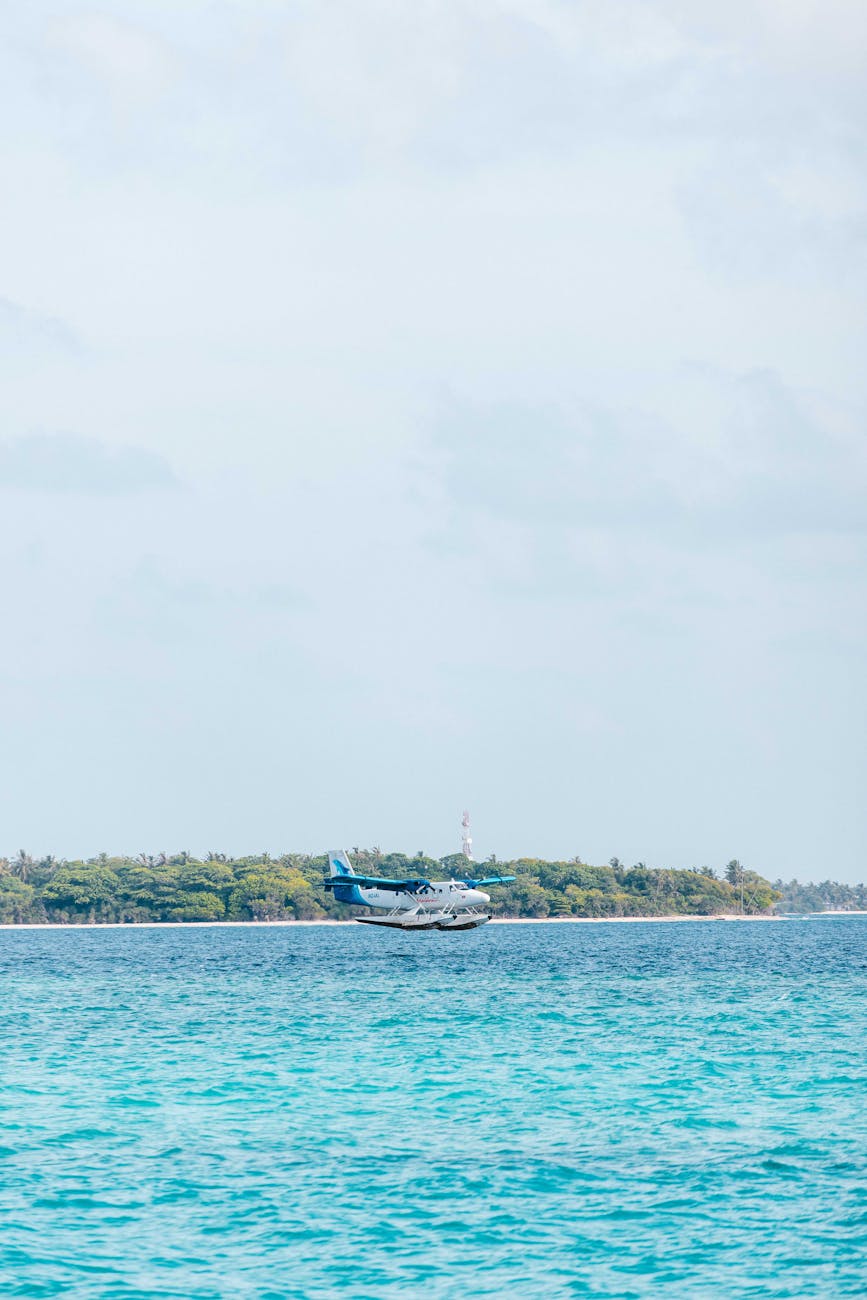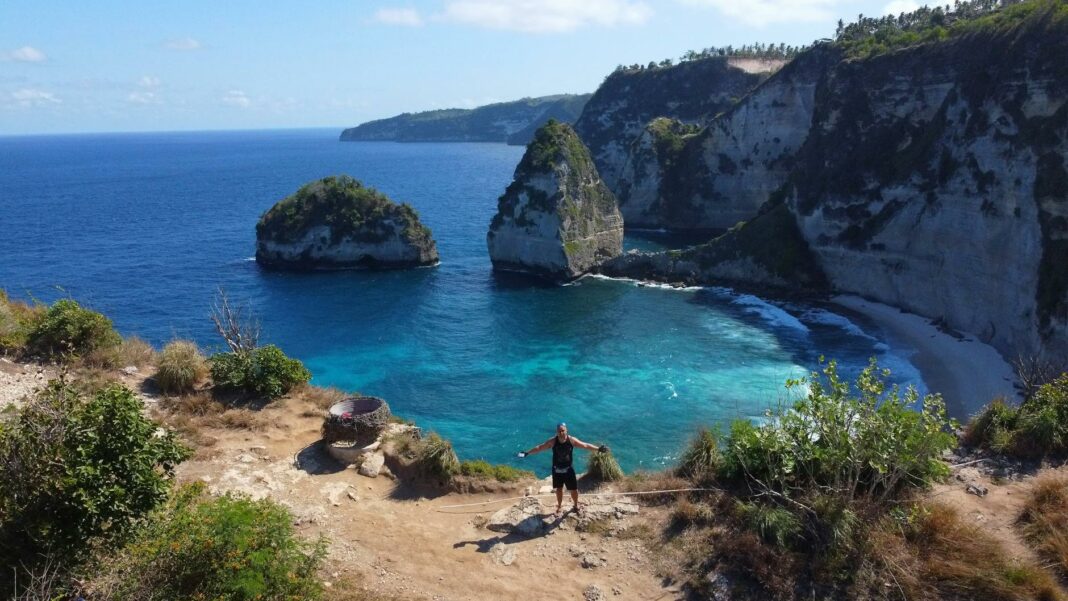Table of Contents
- Introduction
- Choosing the Right Location
- Timing is Everything
- Composition Tips
- Camera Settings
- Post Processing
- Final Thoughts
- FAQ
Introduction
Capturing breathtaking island sunset photos is an art form that combines natural beauty, technical skill, and a dash of creativity. As the sun dips below the horizon, the sky transforms into a vibrant canvas filled with spectacular colors that seem almost magical. However, there’s much more to these stunning moments than just pointing and shooting. Understanding the nuances of light, location, and composition can elevate your photography and help you produce jaw-dropping images that leave a lasting impression.
In this blog, we will delve into essential strategies that not only enhance your photography skills but also encourage you to explore the beauty around you. From selecting the perfect spot to mastering camera settings, every element works in harmony to create visually stunning island sunset photos. Get ready to embark on a photographic journey that transforms ordinary sunsets into unforgettable memories.
Choosing the Right Location
Not every beach or island offers the same perspective of a sunset, making location selection a pivotal part of your photography success. Scout out places that provide an unobstructed view of the western horizon. Look for unique elements like rocky outcrops or palm trees that can add an interesting foreground to your photos. The presence of water can reflect hues beautifully, enhancing the overall aesthetic.
When planning your trip, consider visiting lesser-known spots away from tourist crowds. These hidden gems often have that raw, untouched beauty that makes sunsets even more magical. Also, keep in mind how the location differs at various times of the year; the angle of the sun changes, resulting in diverse lighting and color palettes. Embracing these variations can lead to consistently enchanting photos, each with its own personality.
Timing is Everything
The magic of sunsets lies not just in their beauty, but also in the transitory nature of twilight. Arriving early allows you to observe the shifting light and identify the best moments to capture. Golden hour, which occurs shortly before sunset, is a wonderful time to start shooting since the natural light becomes softer and more flattering.
However, the moments just after the sun has set can be equally captivating. This period, known as the blue hour, offers splendid opportunities to photograph deep blues contrasted with lingering warm tones in the sky. So, don’t just pack up and leave after the sun disappears; linger a bit longer to seize those final magical glimpses of color.
Composition Tips
Great photos are not just about the subject; they also depend heavily on how you arrange the elements in your frame. Employ the rule of thirds to create dynamic compositions—by placing the horizon line along the top or bottom third, you can draw the viewer’s eye into the image. Additionally, adding leading lines can guide the eye toward the sunset, whether it’s a pathway, a shoreline, or even a row of palm trees.
Vary your perspectives. Experiment with wide shots to capture the grandeur of the landscape, as well as close-ups that focus on details like flower silhouettes against the setting sun. Remember that breaking the rules can also yield stunning results; sometimes, unconventional angles or framing create images that stand out in a crowded field.
Camera Settings
While knowing how to compose a great shot is crucial, understanding your camera settings is equally important for capturing stunning sunset photos. Adjust your aperture to a lower f-stop to achieve a beautiful depth of field, allowing the foreground elements to stand out against a softly blurred background.
Manipulating the shutter speed allows you to capture different effects; a slower speed can create a soft, dreamy look, while a faster speed can help freeze the action of waves. Always experiment with your ISO settings as well—keeping it low reduces noise, especially in low-light situations. Don’t shy away from utilizing manual mode, as it gives you full control to adapt your settings to the varying light conditions of the sunset.
Post Processing
Once you’ve captured your stunning sunset images, the next step is to enhance them through post-processing. Software like Lightroom or Photoshop can work wonders in accentuating the natural colors in your photographs. Don’t be afraid to boost saturation and contrast to make the hues pop; just be sure to avoid going overboard, as maintaining a natural look is essential.
Cropping and adjusting the composition in post can also polish your images further. Experimenting with filters can evoke specific moods, from warm and inviting to cool and calm. Just remember that while editing is a powerful tool, keep the essence of the sunset intact. After all, the goal is to relay the magic that you experienced in that moment.
Final Thoughts
Photographing sunsets on an island shouldn’t just be about capturing a moment; it’s about immersing yourself in the entire experience. Each sunset brings with it a unique blend of colors, moods, and settings that beckon to be explored and appreciated. By choosing the right location, timing your shots perfectly, composing your images with care, and refining your techniques through post-processing, you create not just photos, but treasured memories.
Embrace the process and let your creativity flow. In doing so, you’re not only enhancing your skills as a photographer but also cultivating a deeper connection with the breathtaking beauty around you. So grab your camera, head out during golden hour, and begin crafting your own stunning sunset legacy.
FAQ
1. What is the best time of year for sunset photography on an island?
The best time often varies by location, but generally, the summer months can provide stunning sunsets with vibrant colors due to clearer skies.
2. Do I need expensive equipment to capture great sunset photos?
While high-end gear can help, it’s not necessary. A camera that allows manual settings and a basic tripod can produce excellent results.
3. How do I avoid overexposed sunset photos?
Using a lower ISO setting and checking the histogram on your camera can help you gauge the exposure levels to avoid blown-out highlights.
4. Can I shoot sunset photos with my smartphone?
Absolutely! Many smartphones today possess remarkable cameras that can produce stunning sunset pictures. Just be sure to use the exposure adjustment feature for best results.
5. What should I do if the weather conditions are not ideal?
Sometimes clouds can enhance a sunset by adding texture and depth. Embrace the conditions, as they might provide a unique twist to your photos.
Image Credit: Pexels





